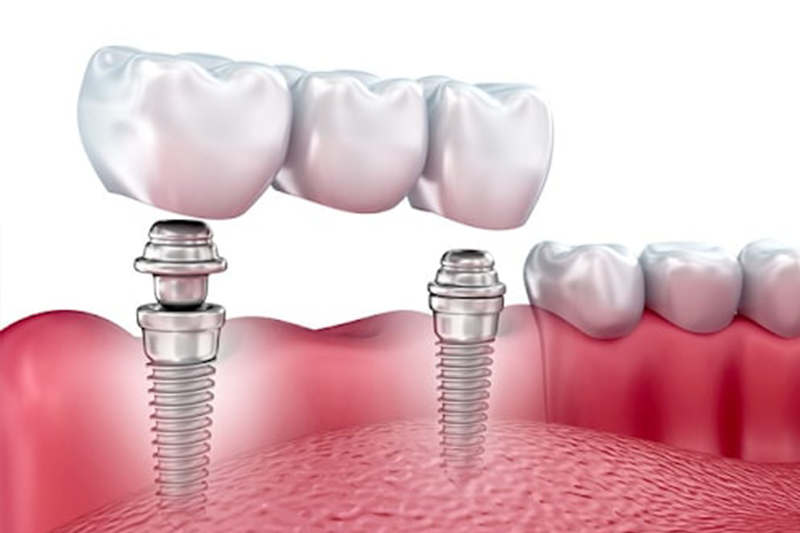
Cavities Uncovered: Understanding, Preventing, and Treating Tooth Decay in Stratford, CT
Hello dental devotees!
Cavities, often the dreaded word we fear hearing during our dental visits, are one of the most common oral health problems. However, with advances in dental science and increased awareness, they are entirely preventable and treatable. Let’s embark on a journey to understand cavities better and learn ways to keep them at bay.
1. What is a Cavity, Anyway?
A cavity, scientifically known as dental caries or tooth decay, is a hole that forms in the tooth due to prolonged exposure to acid. This acid is produced when sugars from our food interact with bacteria present in our mouth.
2. What Causes Cavities?
Several factors contribute to cavity formation:
- Poor Oral Hygiene: Failing to brush or floss regularly allows plaque, a sticky film of bacteria, to build up on teeth.
- Diet High in Sugars and Carbohydrates: Consuming sugary or starchy foods increases the production of acid in the mouth.
- Dry Mouth: Saliva plays a role in neutralizing acids. A decrease in saliva production can elevate the risk of cavities.
- Acidic Foods and Drinks: Continuous exposure to acidity can erode tooth enamel, making it more susceptible to decay.
3. Spotting a Cavity
Symptoms of cavities vary depending on their extent and location:
- Tooth Sensitivity: Especially to hot, cold, or sweet foods and drinks.
- Visible Holes: Especially in advanced stages.
- Stains: White, black, or brown staining on the surface of a tooth.
- Toothache: Spontaneous pain without any apparent cause.
4. Prevention is Better than Cure
Preventing cavities primarily revolves around good oral hygiene and dietary habits:
- Brush and Floss: Twice daily, with fluoride toothpaste.
- Regular Dental Check-ups: This helps in early detection and treatment.
- Balanced Diet: Limit sugary and starchy foods, and if consumed, try not to let them linger in the mouth.
- Dental Sealants: A protective coating for back teeth, especially beneficial for children.
5. Treating Cavities
If you have a cavity, your dentist will recommend treatment based on its severity:
- Fillings: The decayed portion is removed and “filled” with a material like silver, composite resin, or porcelain.
- Crowns: For severe decay, the decayed portion of the tooth might be removed and replaced with a crown.
- Root Canals: If decay reaches the inner pulp of the tooth, a root canal may be necessary.
Conclusion
While cavities are common, understanding their causes and implementing preventative measures can significantly reduce their occurrence. Remember, regular dental check-ups are your first line of defense. By maintaining a routine and being vigilant about oral care, you can ensure that your smile remains bright, healthy, and cavity-free!
Disclaimer
The information provided in the blog post is for informational purposes only and should not be considered a substitute for professional medical advice.


